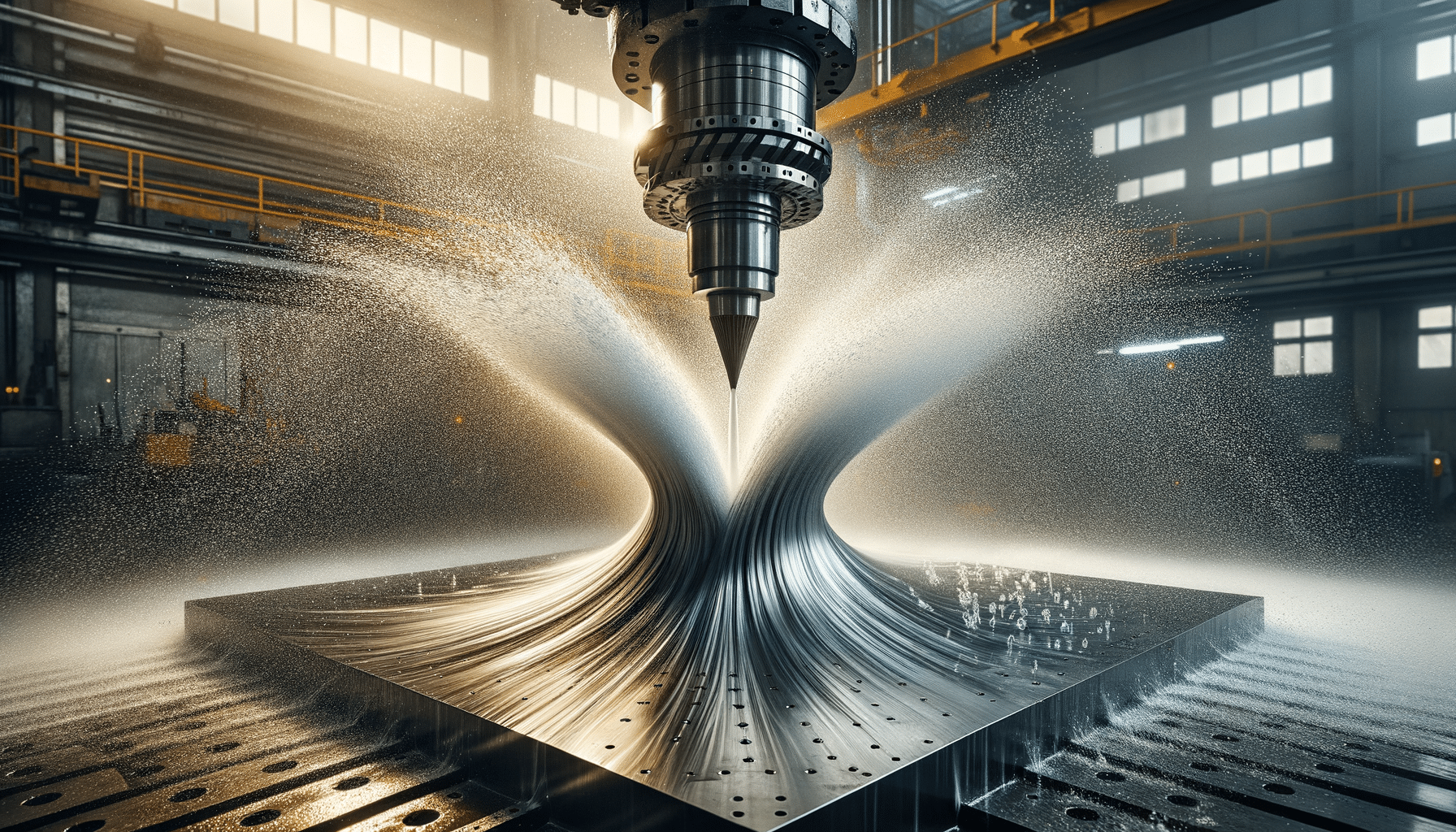
Learn more about High-pressure water jet
Introduction to High-pressure Water Jets
High-pressure water jet technology has revolutionized various industries by providing a versatile and efficient method for cutting and cleaning. This technology involves the use of a stream of water at extremely high pressure, capable of slicing through materials like metal, stone, and glass. The importance of this innovation lies in its ability to perform precise cuts without generating heat, thereby preserving the structural integrity of the materials involved.
In this article, we will delve into the workings of high-pressure water jets, their applications across different industries, and the advantages and limitations they present. Understanding the capabilities of this technology can open new avenues for its application and further innovation.
How High-pressure Water Jets Work
The fundamental principle behind high-pressure water jets is simple yet effective. Water is pressurized up to 90,000 psi (pounds per square inch) and expelled through a small nozzle. This creates a thin, high-velocity water stream capable of cutting through tough materials. The process may also involve the addition of abrasives to the water stream, enhancing its cutting ability.
Key components of a high-pressure water jet system include:
- Pump: Increases water pressure to the desired level.
- Nozzle: Converts the pressurized water into a high-speed jet.
- Control System: Manages the operation and precision of the jet stream.
By manipulating these elements, operators can achieve precise cuts with minimal waste and reduced risk of material distortion. This technology is particularly beneficial in applications where traditional cutting methods could compromise material quality.
Applications Across Industries
High-pressure water jets find applications in a diverse range of industries due to their adaptability and efficiency. In the manufacturing sector, they are used for cutting intricate designs in metal and composite materials. The aerospace industry benefits from the precision of water jets in shaping aircraft components without altering their properties.
The construction industry utilizes water jets for concrete demolition, offering a dust-free and environmentally friendly alternative to traditional methods. Additionally, the food processing industry employs water jets for slicing products with precision and hygiene.
The versatility of high-pressure water jets continues to expand as new applications are discovered, making them an invaluable tool in modern industrial processes.
Advantages and Limitations
High-pressure water jets offer several advantages that make them a preferred choice in various applications. These include:
- Cold Cutting: No heat-affected zones, preserving material properties.
- Precision: Capable of achieving intricate cuts with high accuracy.
- Environmentally Friendly: Minimal waste production and no harmful emissions.
However, there are limitations to consider. The initial investment in equipment can be high, and the process may not be suitable for all materials, especially those that are particularly brittle. Additionally, the requirement for high water usage could be a concern in regions with limited water resources.
Balancing these factors is crucial for businesses considering the adoption of high-pressure water jet technology.
Conclusion: The Future of High-pressure Water Jet Technology
As industries continue to seek efficient and sustainable solutions, high-pressure water jet technology stands out as a promising option. Its ability to cut through a wide range of materials with precision and minimal environmental impact aligns well with current industrial trends.
Future advancements may focus on reducing water consumption and enhancing the cutting capabilities of water jets. As research and development continue, high-pressure water jets are likely to become even more integral to industries worldwide, driving innovation and efficiency forward.


